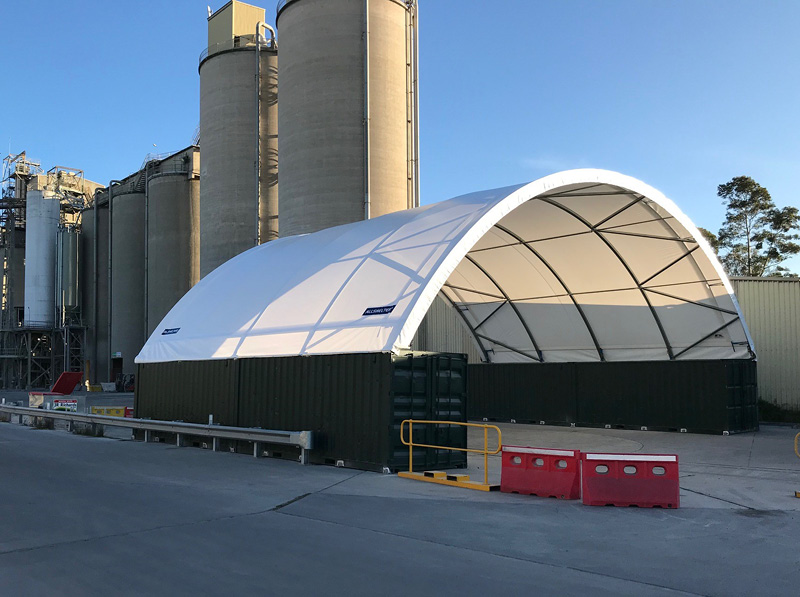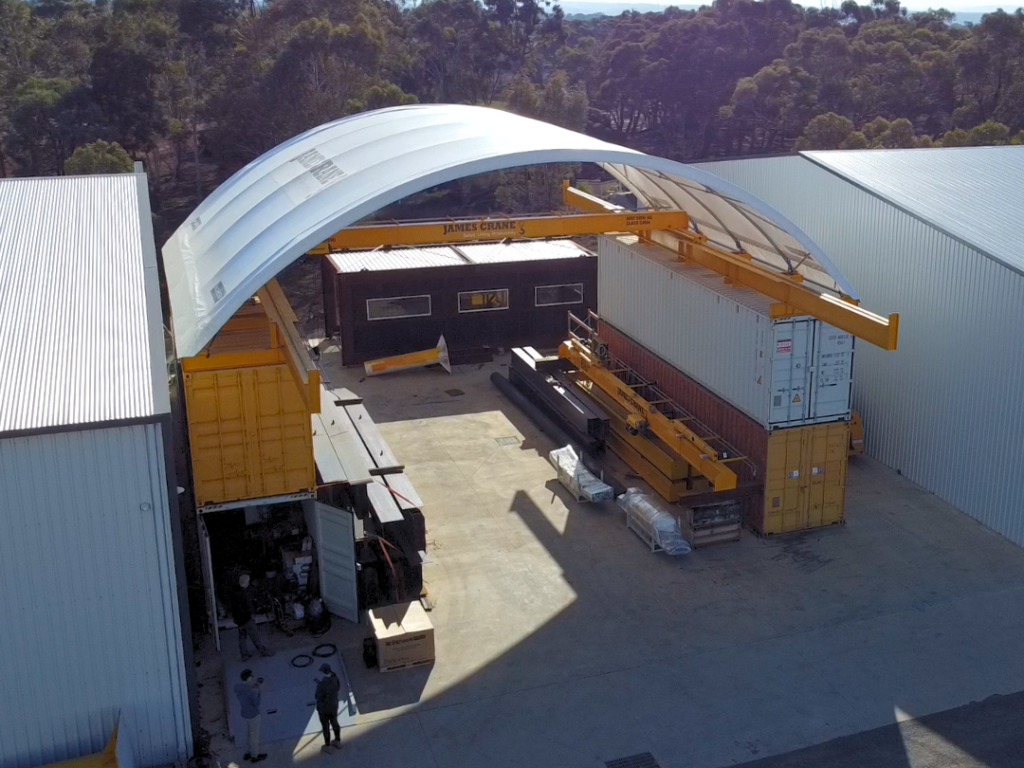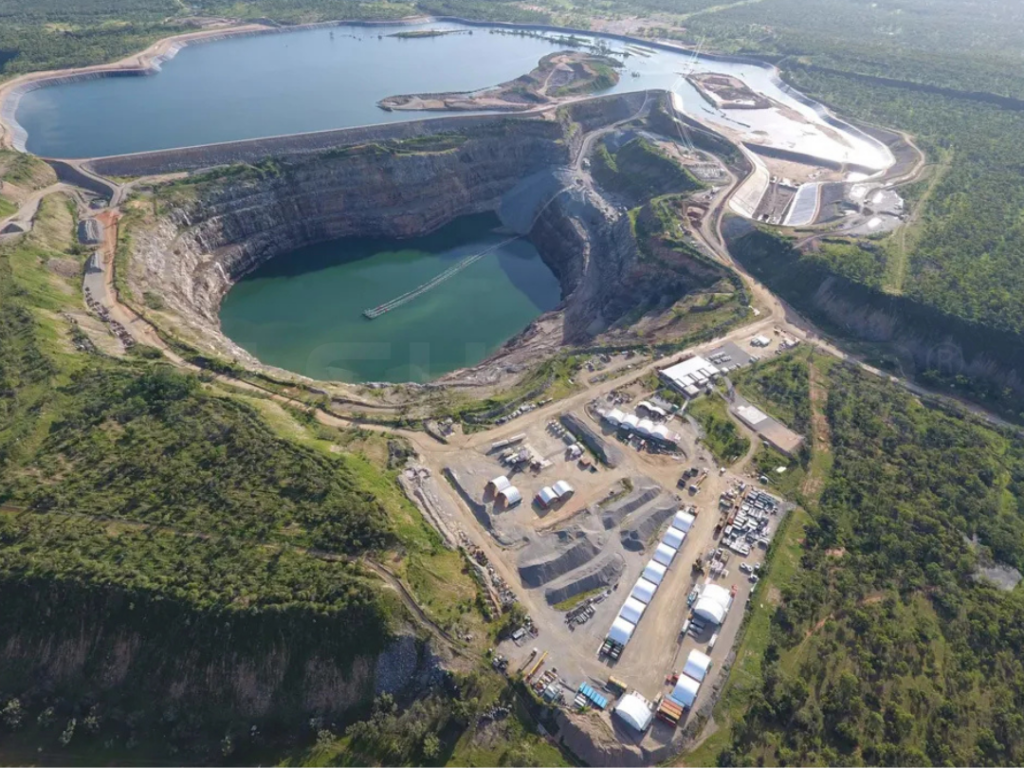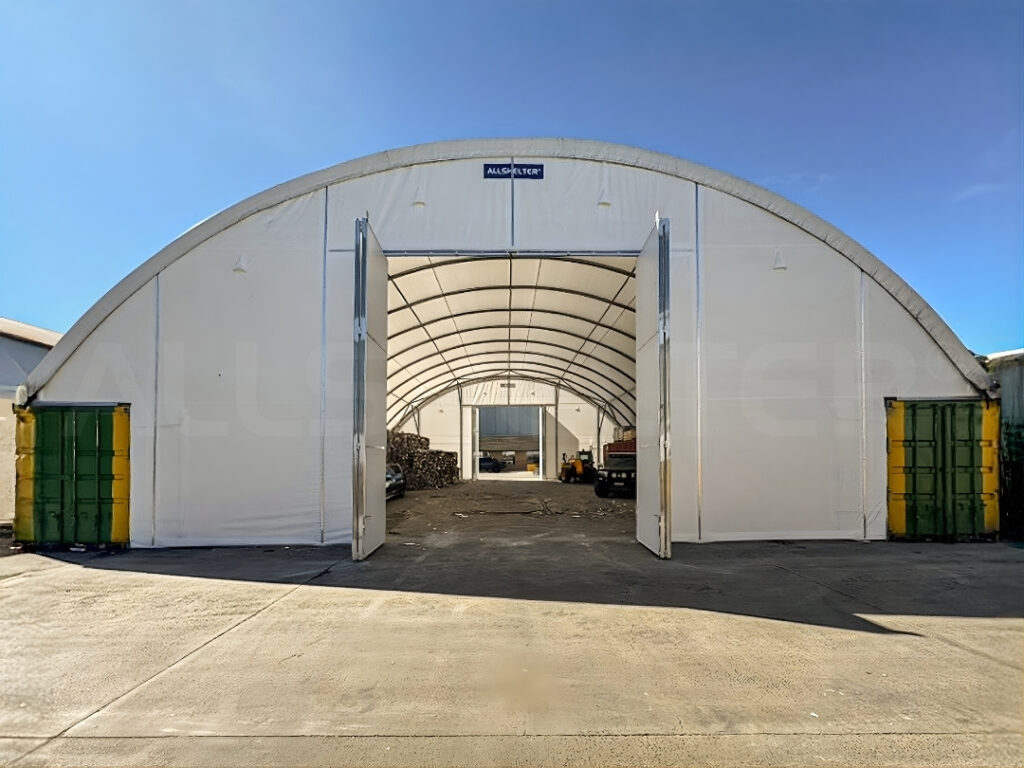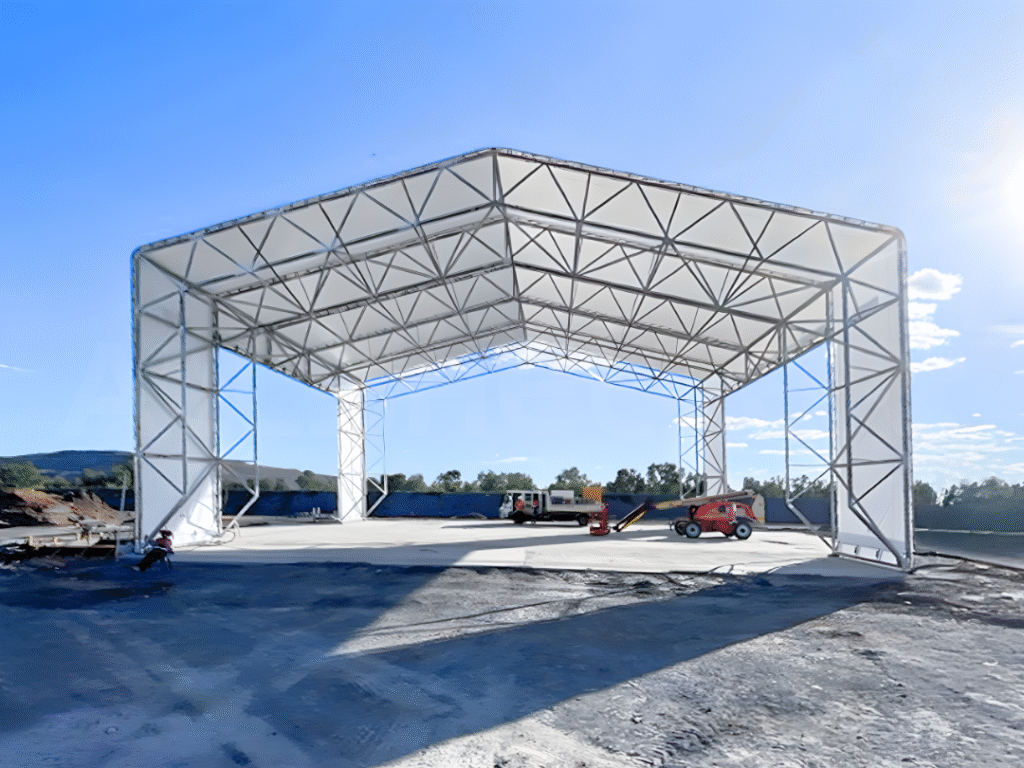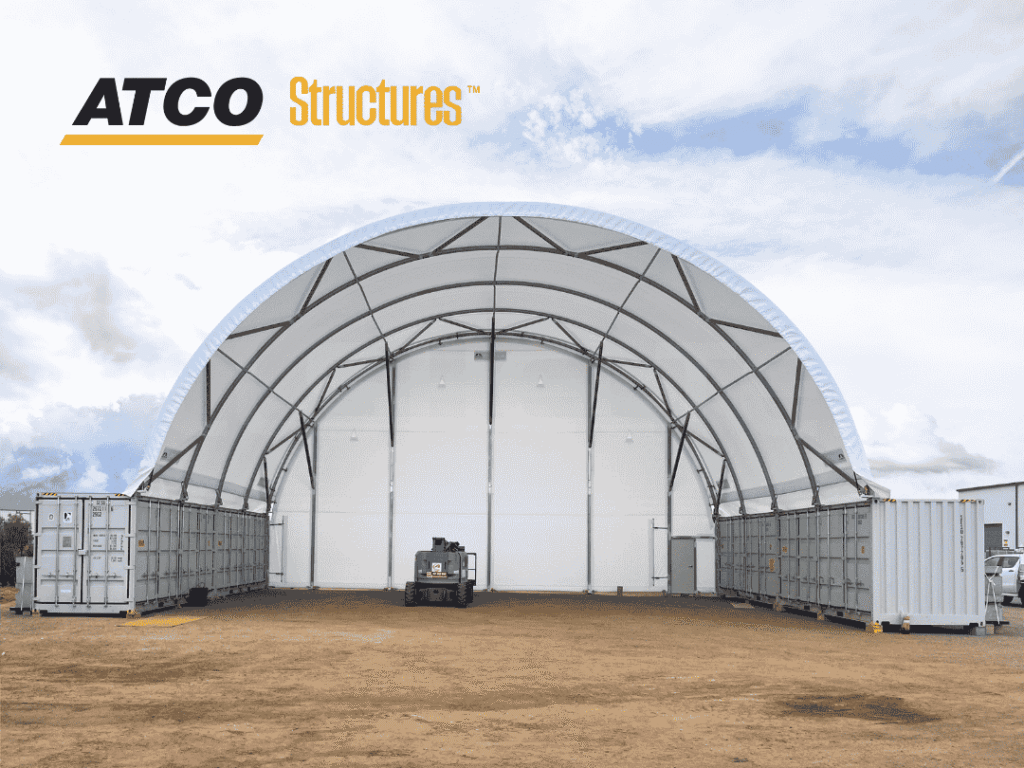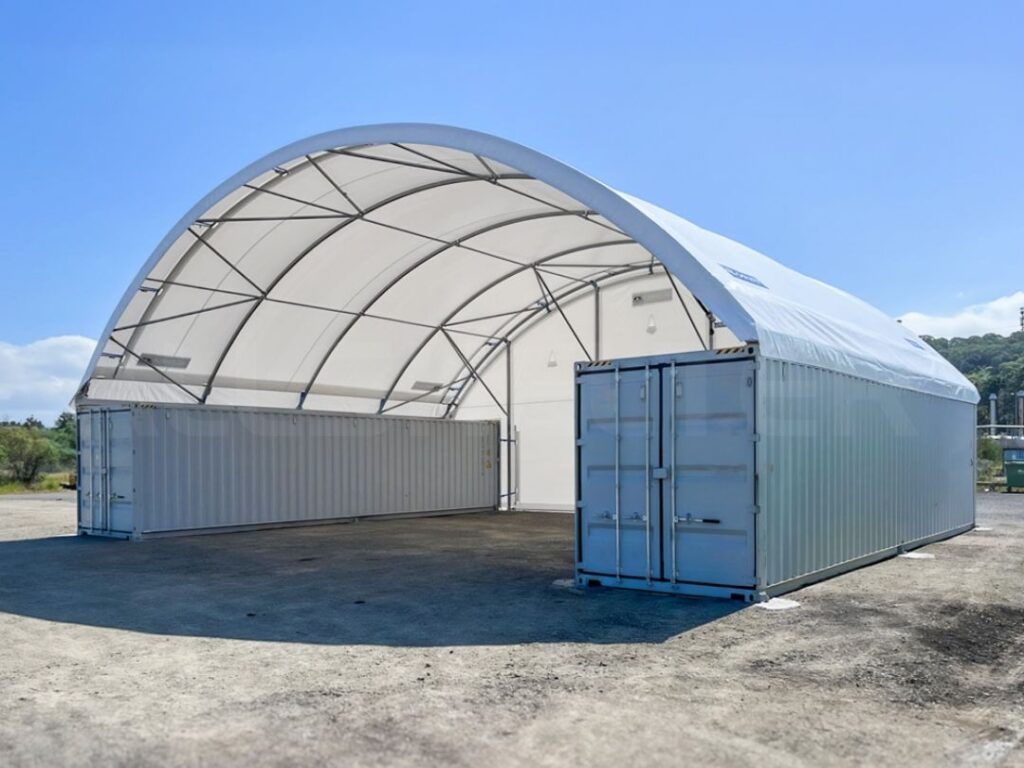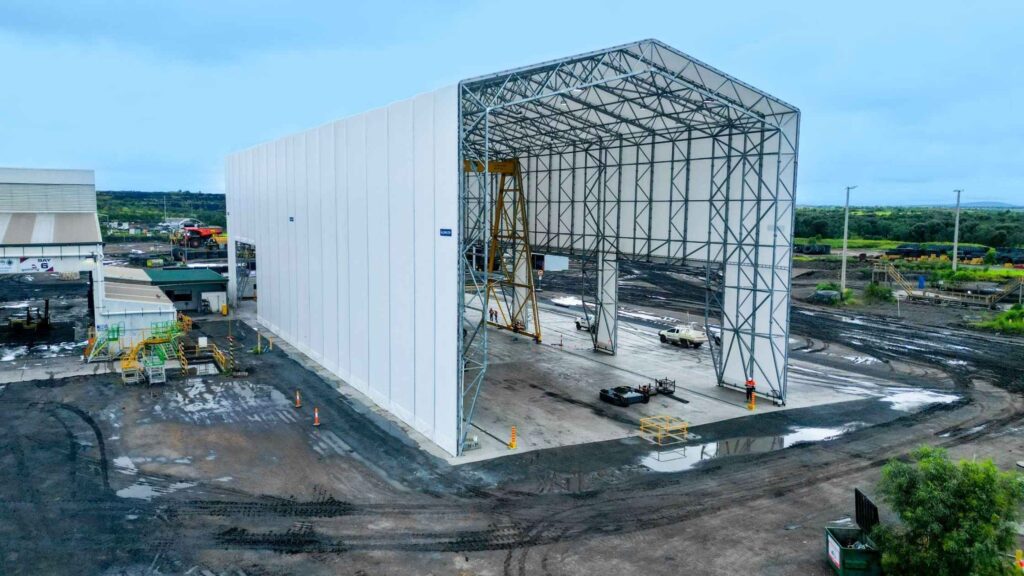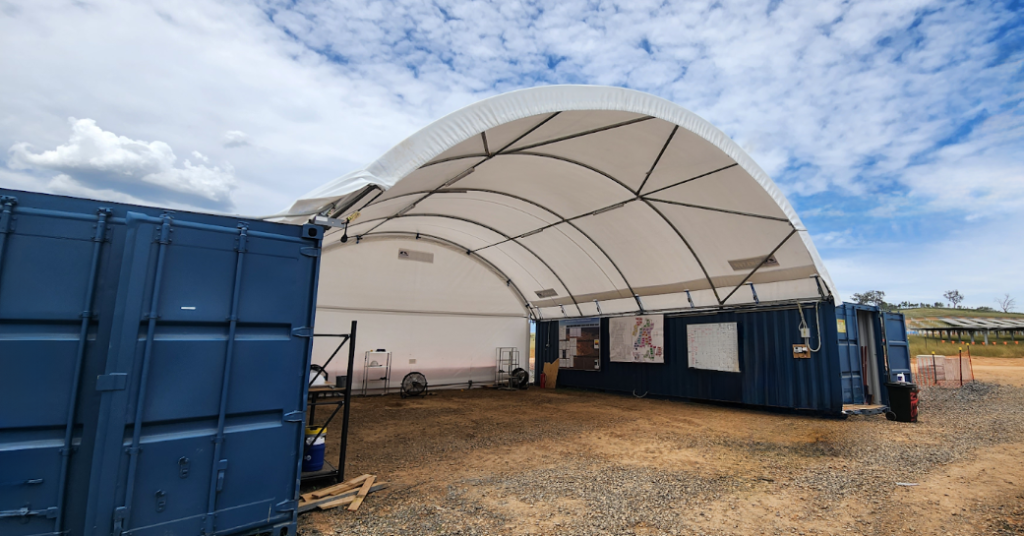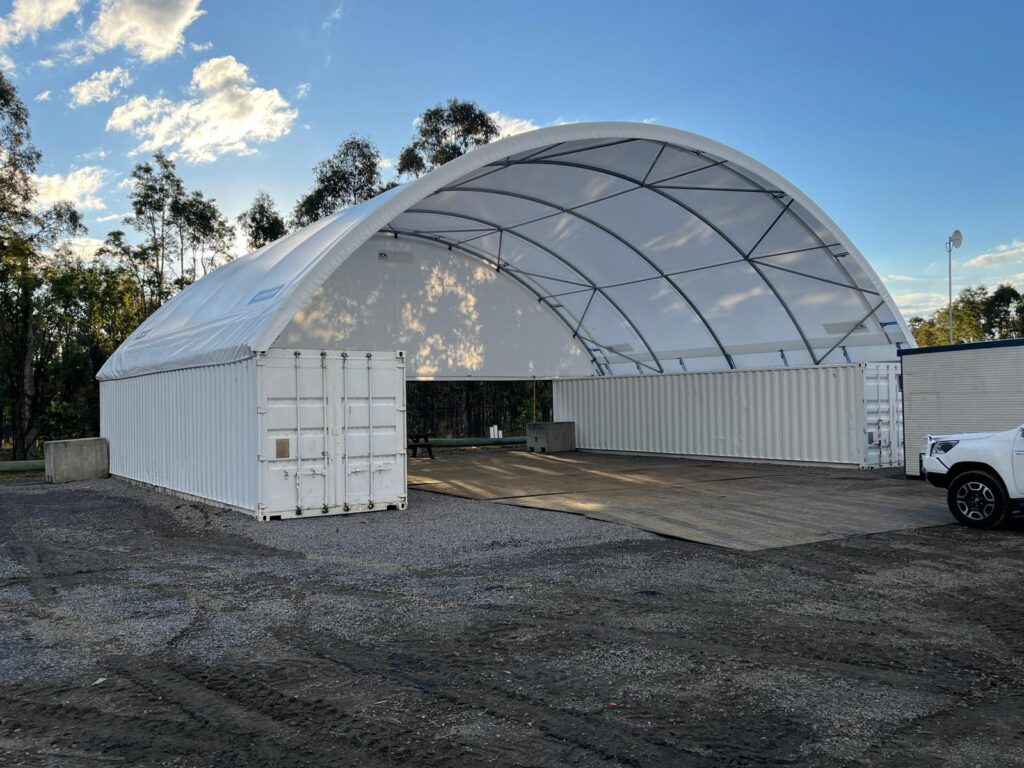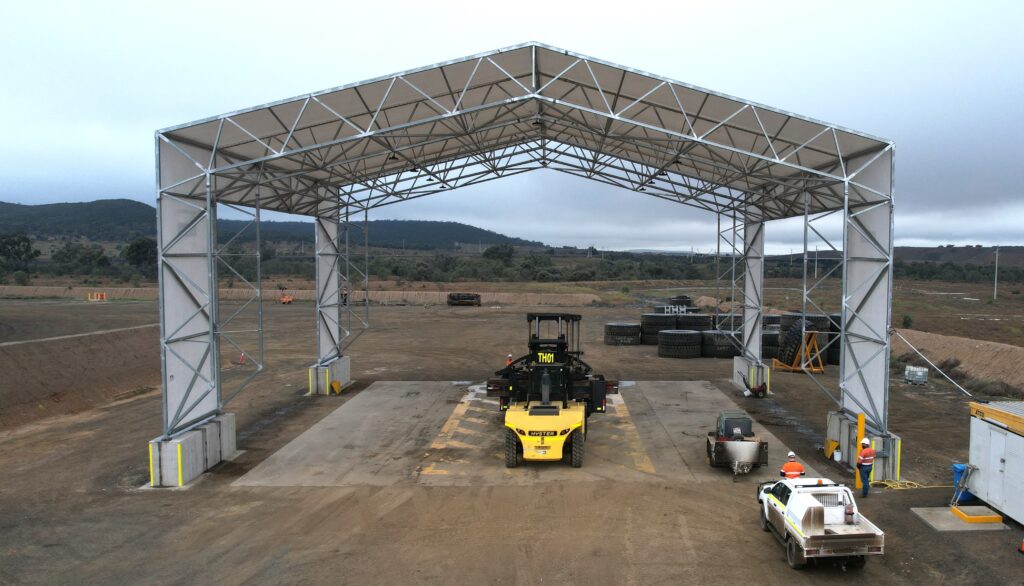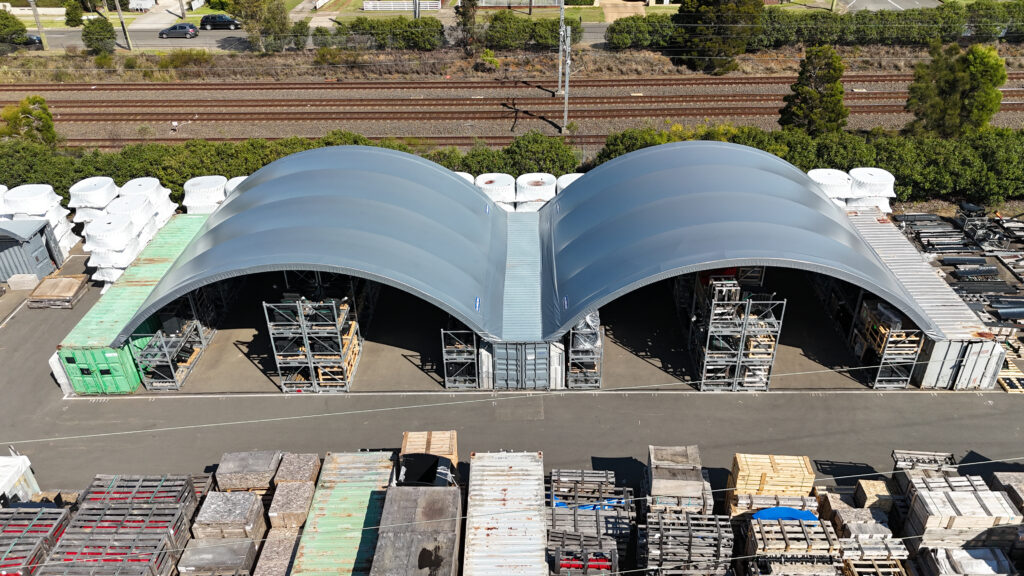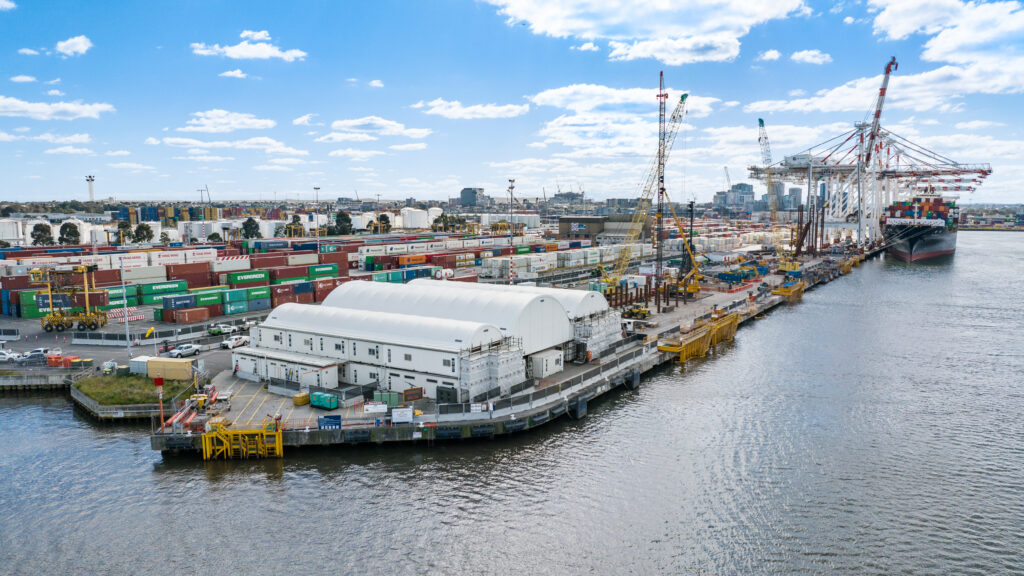Choosing an optimal shelter size and model is one of the most effective ways to ensure the success of your project – cost-effective and efficient. The proper shelter can ensure that resources are appropriately protected, processes are unhindered, and the environment is easily adapted to whether you are a mining operation, a construction site, or an agricultural enterprise.
Here at Allshelter, we know that every project is unique. Therefore, we offer customisable options designed to satisfy specific needs. In this guide, we will discuss the most critical aspects to consider when selecting the desired shelter model and size for your project.
Why Shelter Size and Model Matters
Selecting a shelter size and model is strategic as much as it is logistical. The shelter chosen will, in turn, affect your project in terms of safety, effectiveness, compliance, and sustainability. A poorly selected shelter may incur costs for extra unused space and expose its operations to risks. A shelter that suits all the needs may orient work, safeguard assets, and adapt to ever-increasing requirements.
Here’s a closer look at why it matters:
- Efficiency: The right size reduces unnecessary space while ensuring enough room for operations or storage.
- Protection: A suitable model offers optimal protection from weather conditions, dust, and other hazards.
- Compliance: Proper sizing and design help meet workplace health and safety standards.
- Scalability: The right model allows for future expansion or relocation as needed.
Step 1: Understand Your Project Requirements
Understanding the entire scope of your project will help you decide on the size and model of the shelter. The first step assures that your shelter solution matches your operational goals, available site space, and the environments it must endure.
Evaluating your requirements ensures that you do not have to make expensive adjustments at later stages and indicates that the shelter you select will actually suit your site well.
Ask Yourself:
- What is the primary purpose of the shelter? (e.g. machinery storage, staff workspace, material protection)
- How long will the shelter be needed? (Temporary, semi-permanent, or permanent)
What are the dimensions of the area available for installation? - Are there any access or mobility requirements for equipment or vehicles?
Answering these questions creates a clearer picture of what shelter will work best for your site.
Step 2: Measure for the Right Size
Choosing the right shelter size and model starts with accurate measurements. Key dimensions to consider include:
- Width: Determines how much space you’ll have across the structure.
- Height: Important for clearance, mainly if tall equipment is being housed.
- Length: Tailored to your storage or operational needs.
At Allshelter, our shelters range from compact 6-metre options to expansive 30-metre-plus spans. You can choose a shelter size that perfectly fits your site layout.
Step 3: Match the Model to Your Environment
Many more factors must be considered for shelter selection than just internal requirements; these have to do with the shelter’s performance in your specific environment. Each project site has its own set of challenges concerning the terrain, climate, access, and intended use. For this reason, Allshelter has a range of shelter models specially designed to address the needs of different industrial environments.
By matching an appropriate shelter model with the environment, you are further assured that your investment is in a solution that will withstand the weather, comply with legal requirements, and perform efficiently for the entire duration of your project.
Here’s a breakdown of Allshelter’s key models and the environments they’re best suited for:
1. Container Shelters
Best For: Sites that require dual-purpose functionality—shelter above, storage below.
Container shelters rest on typical 20-foot or 40-foot shipping containers and facilitate the advantage of elevation and safe storage space. These shelters are favoured on construction and mining sites, where space efficiency is a top criterion. Containers do double duty, providing a solid foundation for the shelter while also serving as lockable storage space for tools, supplies, or equipment.
Environmental Advantage:
- A raised profile allows for better ventilation and natural runoff
- Elevation keeps equipment and goods off muddy or flooded ground
- Containers provide structural ballast, enhancing wind resistance
Best For: Large-scale operations requiring expansive, unobstructed internal space.
The curved roof of fabric dome shelters improves airflow, deflects wind, and provides superior drainage during periods of intense precipitation. When clear spans are needed without internal posts getting in the way, these shelters are perfect for loading areas, workshops, and bulk storage.
Environmental Advantage:
- Superior wind and weather resistance due to aerodynamic design
- Excellent water runoff minimises roof loading and reduces the risk of leaks
- The dome shape allows heat to rise, keeping the internal temperature more stable
3. FreeSpan Shelters
Best For: Ground-based installations for large-scale operations where container mounting isn’t feasible or necessary, such as pre-cast facilities, tyre change operations, and heavy equipment maintenance.
FreeSpan shelters are ideal for projects that have level ground space available. They are freestanding, meaning they don’t rely on containers or permanent footings, and can be installed quickly and efficiently. These shelters are commonly used for vehicle maintenance, laydown yards, pre-cast operations, tyre changing areas, and more extensive materials or machinery storage.
Environmental Advantage:
- Flexible positioning on open ground
- Fast installation—no need for existing infrastructure
- Open access makes it easier to bring vehicles or equipment in and out
4. Towable Shelters
Best For: Remote locations, mobile worksites, or short-term operations requiring portability.
Towable shelters are mounted on trailers or skids, allowing them to be easily moved from one part of the site to another—or even transported to an entirely new location. They’re a favourite for exploration teams, mobile workshops, or projects where adaptability and fast deployment are critical.
Environmental Advantage:
- No fixed foundation required—great for rugged or temporary sites
- Can be rapidly relocated to match the changing needs of the project
- Designed for quick setup and pack-down in remote or challenging terrains
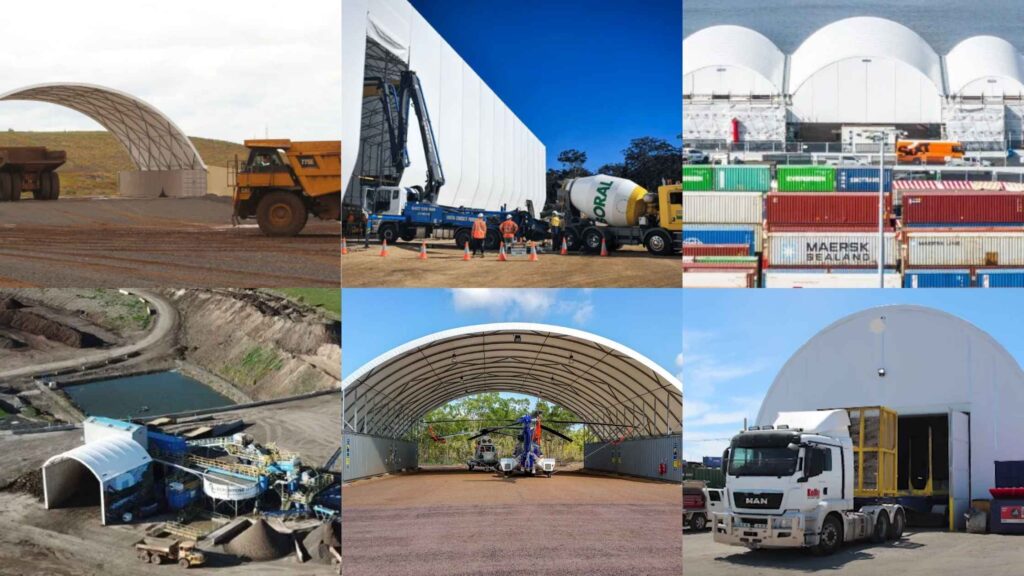
Step 4: Consider Local Weather Conditions
Weather plays a significant role in selecting the right shelter size and model.
For Harsh Weather Zones:
- Opt for shelters engineered to withstand high wind speeds and heavy rain.
- Choose high-tensile fabric materials that resist UV degradation and corrosion.
Allshelter shelters are engineered to meet Australian building codes, making them reliable in even the most extreme conditions.
Step 5: Factor in Site Access and Installation Time
Time and access are often overlooked but critical considerations.
- Remote Sites: Towable or modular shelters are ideal.
- Time-sensitive Projects: Choose models that are fast and easy to install.
- Limited Access Areas: Container-mounted shelters help maximise vertical space when the ground area is restricted.
Allshelter shelters are designed for efficient installation, reducing downtime and labour costs.
Step 6: Think About Customisation and Add-ons
No two projects are identical, so your shelter should reflect your unique requirements. At Allshelter, we offer customisations such as:
- Doors and end walls
- Branding
- Lighting
- Guttering
These additions can help tailor your shelter for maximum usability and comfort.
Step 7: Budget and Long-Term Value
It’s not just about the upfront cost—it’s about long-term performance and return on investment.
Ask:
- Will the shelter last the length of the project and beyond?
- Is it relocatable for future use?
- How much will maintenance cost over time?
Allshelter shelters are built for longevity. Our structures are low-maintenance, durable, and fully relocatable—making them a wise investment for any industry.

Why Choose Allshelter?
Allshelter is an Australian manufacturer trusted by mining, construction, agriculture, and defence industries. Here’s why our clients rely on us:
- Engineered for Australian Conditions: Every shelter meets strict national codes and local council requirements.
- Custom Solutions: We work with you to design a shelter that fits your unique needs.
- Fast Turnaround: Our experienced team ensures prompt delivery and efficient installation.
- Ongoing Support: We don’t just sell you a shelter—we support you throughout its lifecycle.
Final Thoughts
Choosing the right type and size of shelter is never easy. It is crucial to understand the specifics of your project, site, atmosphere, and operational factors. Appropriate guidance should inspire immediate solutions that prioritise durability, effectiveness, and protection.
Allshelter is here to make every effort on your part to ensure that you choose wisely what best protects your interests.
Ready to find the perfect Shelter Size and Model?
Contact Allshelter today for a free consultation to explore our range of custom-engineered shelter solutions.
